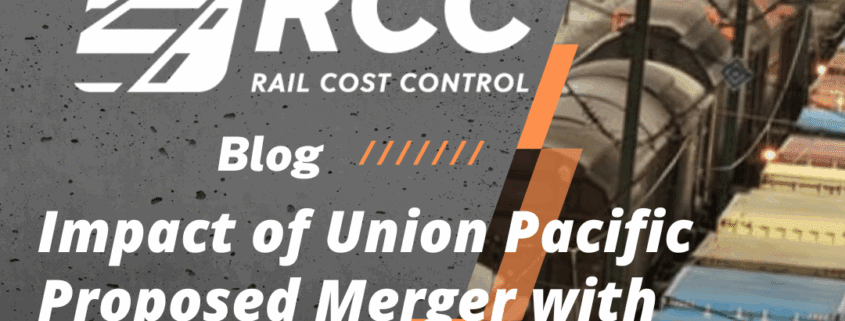Impact of Union Pacific Proposed Merger with Norfolk Southern
The Union Pacific (UP) and Norfolk Southern (NS) proposed merger would form the first transcontinental railroad in the United States, and the largest railroad merger that has ever been before the Surface Transportation Board (STB). The Union Pacific Norfolk Southern merger will have an impact on most rail shippers and, if approved, will likely be followed by a proposed merger between BNSF and CSX. It is an understatement to say that the UP/NS merger is important to rail shippers. Understanding the implications of the Union Pacific Norfolk Southern merger is crucial for all stakeholders involved in the rail industry.
The outcome of the merger between UP and NS, and what the railroads will need to concede to get the merger approved, will likely have a significant impact on the rail industry for the next fifty years.
This analysis of the Union Pacific Norfolk Southern merger highlights the potential challenges and opportunities that may arise.
Understanding the implications of the Union Pacific Norfolk Southern merger is crucial for all stakeholders involved in the rail industry.
Rail shippers need to develop their corporate position on the UP/NS merger, and due to the importance of this merger, this should be done as soon as possible. One of the main things to understand in forming an educated position on this merger is the impact that past mergers have had on railroads pricing practices for your commodities. The Union Pacific Norfolk Southern merger will be a pivotal moment in shaping future market dynamics.
The following graph provides an example of how railroads pricing practices changed for STCC 26 Pulp and Paper Products after the last round of major rail mergers.

The graph shows that between 2004 and 2023:
The orange line in the graph shows that STCC 26 revenue generated from rates considered potentially non-competitive by the STB (Non-Competitive Rail Revenue) increased 284.4%. The blue line shows that rail revenue generated from rates considered Competitive by the STB (Competitive Rail Revenue) increased only 4.8%.
The graph essentially shows that after the last round of major rail mergers ended in year 2000:
- Railroads rate making practices changed significantly for STCC 26. A 284% increase in revenue from Non-Competitive rates demonstrates that a big change occurred in how railroads priced pulp and paper product movements.
- Railroads didn’t appear to be worried about regulatory pushback on their high non-competitive rates in the paper industry
- The STB is regulating very different railroad pricing practices for the paper industry than the pricing practices that existed before the merger.
Many things are being analyzed to determine the positive versus negative aspects of the proposed merger between UP and NS. The best advice for shippers is to get smarter about the impact the merger will likely have on your business. Escalation Consultants maintains the largest database that exists on rail rates, costs, profit margins, volumes, routes, and how everything has changed over time.
Due to Escalation Consultants’ expertise and large databases, we are very involved in analyzing the merger. We recommend that everyone start with the type of data included in the above graph for your specific commodities. We should note that the change in competitive versus non-competitive rail revenue for your specific commodities is available down to the five-digit Standard Transportation Commodity Code (STCC).
Click here to schedule time to talk about your commodities!


